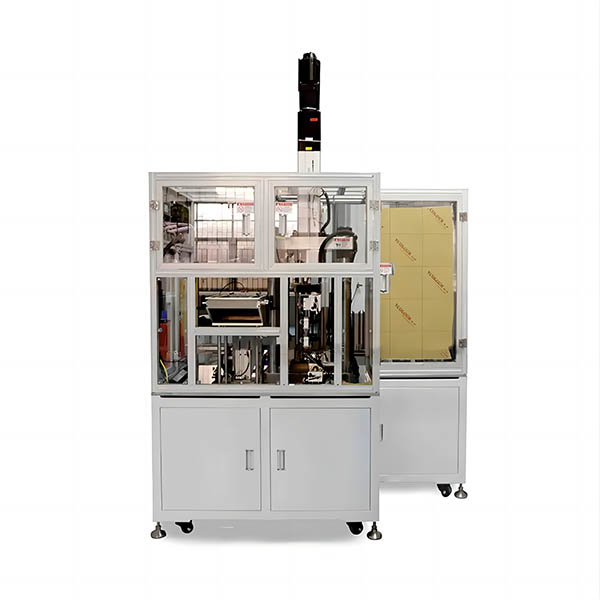Vacuum servos are a vital component in many mechanical systems, particularly in the automotive industry. They play a crucial role in enhancing power, ensuring efficient braking, and overall vehicle safety. In this comprehensive guide, we will delve into the inner workings of vacuum servos, discuss their benefits, and understand why they are indispensable for an optimal driving experience.
Understanding Vacuum Servos:
A vacuum servo, also known as a vacuum booster, is a device that utilizes the vacuum generated by an engine to amplify the force applied to the brakes or other mechanical systems. It functions by assisting the application of external force through mechanical linkage, making it easier for the driver to operate the system.
Inner Workings of Vacuum Servos:
A vacuum servo consists of several essential components, including a vacuum chamber, a connection to the engine vacuum, a diaphragm, and a mechanical linkage. When the driver applies force to the brake pedal, it compresses the diaphragm within the vacuum chamber, reducing pressure and creating a vacuum. This vacuum actuates the mechanical linkage, multiplying the force applied by the driver, resulting in enhanced brake power.
Benefits of Vacuum Servos:
1. Increased Braking Power: Vacuum servos significantly increase the force applied to the braking system, enhancing its overall power. This allows for quicker and more efficient braking, particularly in emergency situations, ensuring heightened safety on the roads.
2. Effortless Braking: With the assistance of a vacuum servo, drivers can exert minimum force on the brake pedal while still achieving maximum stopping power. This reduces driver fatigue, making braking smoother, and improving overall driving comfort.
3. Compatibility: Vacuum servos are compatible with various types of engines, making them ideal for a wide range of vehicles. Unlike hydraulic braking systems, they do not require additional fluid or hydraulic pumps, simplifying the overall system and reducing maintenance costs.
4. Quick Response Time: Vacuum servos respond rapidly to driver inputs, resulting in almost instantaneous braking. This high responsiveness ensures immediate stopping power, contributing to safer driving experiences.
5. Versatility: Vacuum servos can be used in multiple applications beyond braking systems. They are widely employed in industries such as aerospace, robotics, and industrial automation, where they assist in amplifying forces for improved efficiency.
Understanding the inner workings of vacuum servos and recognizing their benefits is essential for appreciating their importance in various mechanical systems. These devices enhance braking power, reduce driver effort, and enable quick response times, ultimately contributing to enhanced safety and optimal driving experiences. As technology continues to advance, vacuum servos will undoubtedly play a vital role in improving the performance of mechanical systems across multiple industries.
Post time: Nov-09-2023

